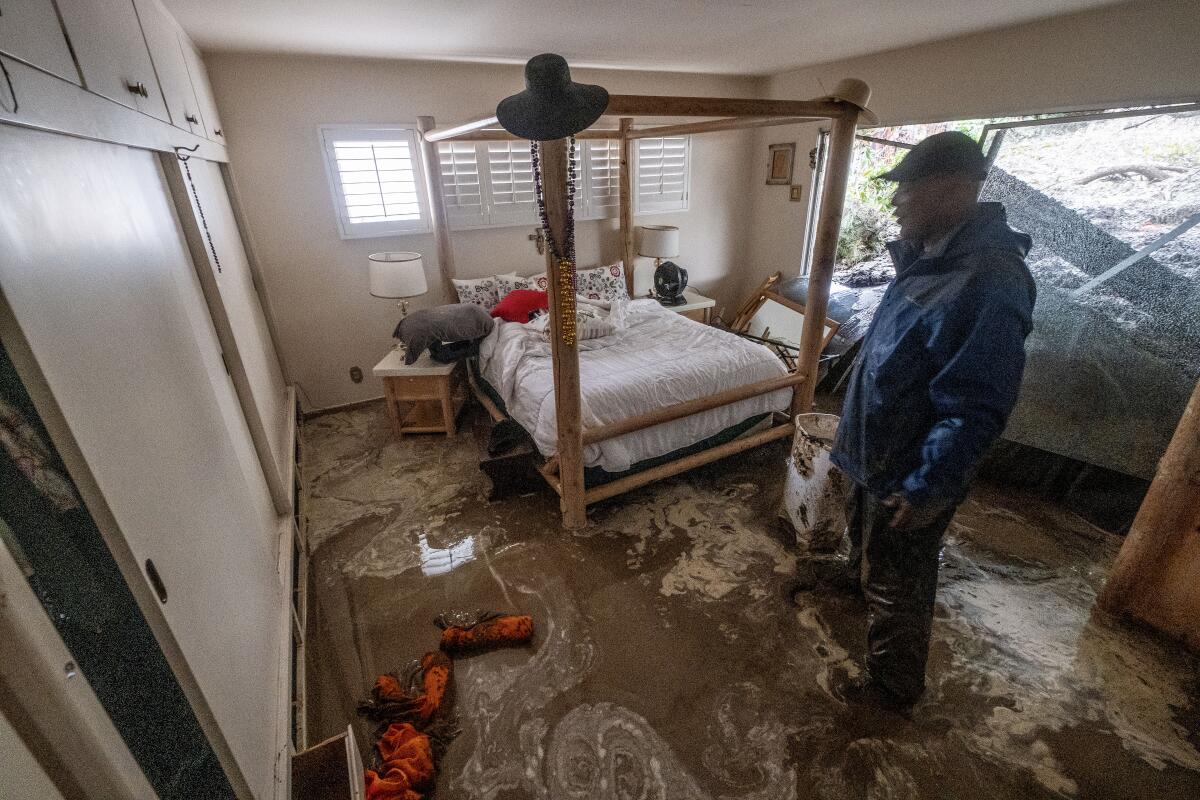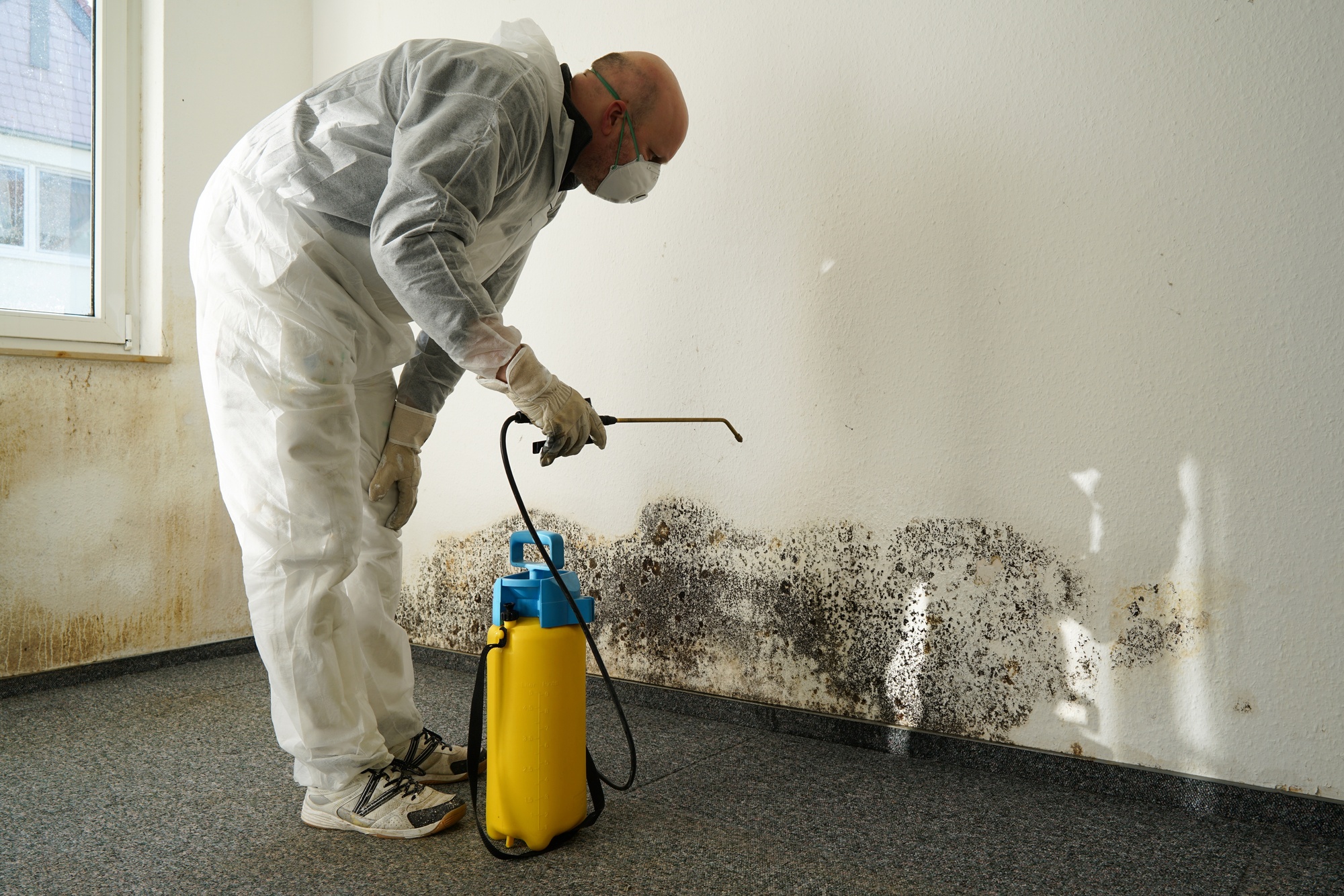Cost-Effective Damage Restoration Services to Handle Severe Water Issues
Wiki Article
The Process of Water Damage Clean-up: Guaranteeing Your Home Is Restored Successfully
Water damages can be an overwhelming difficulty for property owners, requiring a meticulous and structured cleanup process to bring back safety and security and functionality. A detailed analysis is critical to determine the degree of the damage and identify the ideal remediation actions. Following this, reliable water extraction methods play an essential role in mitigating further injury. However, the subtleties of drying out, disinfecting, and eventual remediation are similarly vital and commonly forgotten. Recognizing these phases can make a considerable difference in the outcome of your home's reconstruction, motivating a closer consider what each step entails.Assessing the Damages
Upon finding water damage, the first action is to completely assess the level of the effect. This initial examination is important, as it helps determine the essential actions for effective cleaning and repair. Begin by inspecting the affected locations, consisting of walls, ceilings, floors, and personal items, to determine the resource of the water invasion, whether from flooding, leaks, or condensation.Documenting the damage is important for both insurance coverage cases and preparing reconstruction efforts - damage restoration services. Use pictures and written notes to catch the severity of the damage, keeping in mind any kind of affected structural aspects and materials. Pay unique interest to locations that might not be right away noticeable, such as behind wall surfaces and under carpets, as hidden wetness can bring about further complications, including mold and mildew development
Furthermore, assess the timeline of the water exposure. The longer the materials stay damp, the better the possibility for damage. Comprehending the period of direct exposure will notify the necessity of remediation efforts. Inevitably, an extensive analysis prepares for an effective water damage cleanup procedure, ensuring that all affected areas are dealt with efficiently and completely.
Water Removal Techniques

Experts commonly use submersible pumps for larger quantities of water, which can promptly relieve flooding in cellars or various other influenced locations. For smaller sized amounts, wet/dry vacuum cleaners are usually made use of to remove residual wetness from carpets and tough surfaces. Additionally, making use of mobile extractors permits targeted elimination in constrained spaces or locations with fragile products.
In circumstances of contaminated water, such as sewage or floodwater, advanced extraction methods may entail making use of biohazard equipment to ensure safety and conformity with wellness guidelines. High-powered extraction tools are important in decreasing water retention in architectural products, which can cause mold growth and architectural deterioration otherwise resolved without delay.
Inevitably, the efficiency of water extraction strategies plays a crucial role in the general success of the water damage clean-up procedure, preparing for succeeding repair efforts.
Drying and Dehumidification
Once standing water has been efficiently drawn out, the following critical stage in the water damages cleaning procedure is drying and dehumidification. This step is vital to protect against further damages and mold development, which can occur within 24 to two days in moist atmospheres.To achieve effective drying out, specific devices such as industrial-grade air movers and dehumidifiers is utilized. Air movers circulate air throughout wet surface areas, enhancing evaporation rates, while dehumidifiers minimize moisture degrees airborne, advertising a conducive atmosphere for drying out. The mix of these devices makes certain that dampness is extracted from wall surfaces, furnishings, and floors, enabling them to dry completely.
It is crucial to monitor the drying out procedure very closely. Specialists usually use moisture meters to examine the dampness web content in numerous products, making sure that all impacted areas get to appropriate dry skin degrees. This meticulous technique aids to stop hidden dampness pockets that could lead to architectural damage or undesirable mold development.

Cleaning and Sterilizing
After the drying and dehumidification phase is complete, the next important step in water damages cleanup is cleansing and sterilizing the influenced locations. This process is crucial to protect against the growth of mold and mildew, germs, and other microorganisms that prosper in moist settings.The cleaning stage commonly includes removing any kind of particles, dirt, and contaminants from surfaces making use of specialized cleaning up agents. For hard surface areas, a mix of soap and water or commercial cleansing products is usually utilized. Soft products, such as upholstery and carpetings, might need more extensive cleansing techniques, including vapor cleansing or deep extraction strategies, to make certain complete hygiene.

Sanitizing adheres to cleansing, utilizing EPA-approved anti-bacterials to get rid of unsafe bacteria. This action is necessary, especially in locations that might have entered into call with floodwaters or sewage, as these sources can pose major health and wellness dangers.
Furthermore, it is essential to resolve any kind of continuing to be smells, which might call for the usage of smell neutralizers or innovative strategies like ozone therapy. Correct cleansing and disinfecting not just recover the safety and security and hygiene of your home but also prepared for effective reconstruction and repair work in subsequent phases of the water damage clean-up process.
Remediation and Repair Work

When the analysis is full, remediation efforts can start. This usually entails fixing or changing damaged materials, making sure that all job follows local building regulations and criteria. As an example, if drywall has actually been compromised, it will certainly need to be removed and replaced with new product. Furthermore, floor covering may require comparable interest, relying on the degree of water exposure.
It is essential to engage knowledgeable reconstruction specialists during this procedure, as they possess the experience to take care of complex repair work properly. Furthermore, they can assist mitigate prospective future issues, such as mold and mildew development or structural instability, hence ensuring a habitable and safe living setting. Ultimately, effective remediation and repair services bring back the home's stability and improve its general value.
Final Thought
Finally, the process of water damage cleanup is vital for bring back a home to its pre-damage condition. Each phase, damage restoration services from evaluating the damage to executing reliable water extraction methods, followed by extensive drying out, sterilizing, and required repair work, plays a vital function in guaranteeing safety and conformity with structure standards. Effective implementation of these steps not only minimizes instant damage but additionally boosts the long-lasting stability and value of the property.Water damages can be an overwhelming challenge for homeowners, necessitating a meticulous and organized cleaning procedure to restore security and performance. Eventually, a thorough analysis lays the groundwork for a successful water damage cleanup procedure, making certain that all influenced locations are attended to properly and completely.
Reliable water removal techniques are crucial in reducing damages and preventing additional problems adhering to a water intrusion event.In verdict, the process of water damage cleaning is critical for bring back a home to its pre-damage problem. Each stage, from assessing the damage to carrying out reliable water removal strategies, adhered to by comprehensive drying, sterilizing, and needed repair services, plays an important function in making certain security and conformity with structure criteria.
Report this wiki page